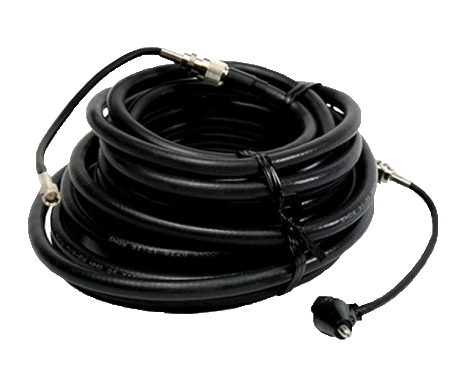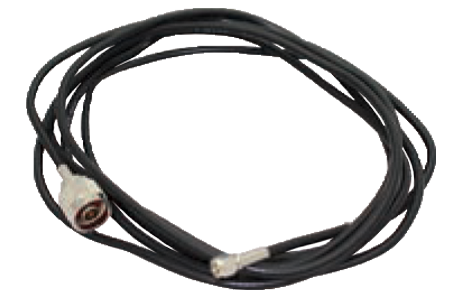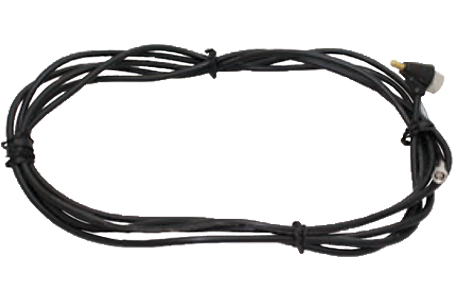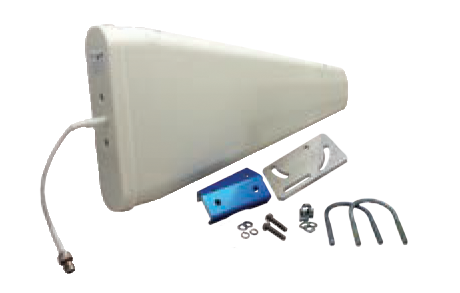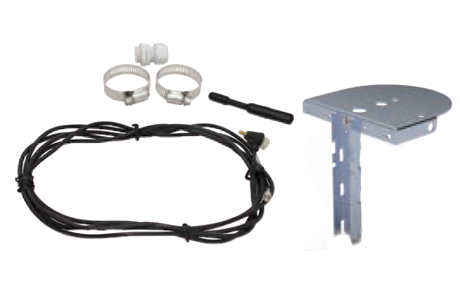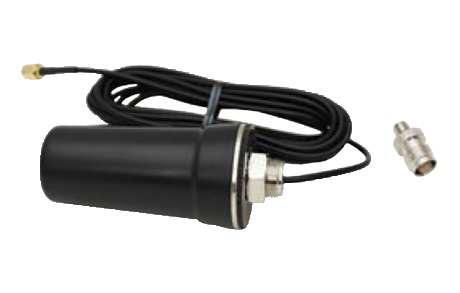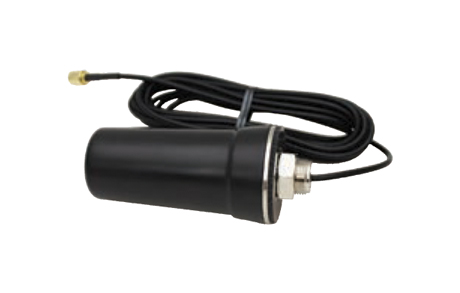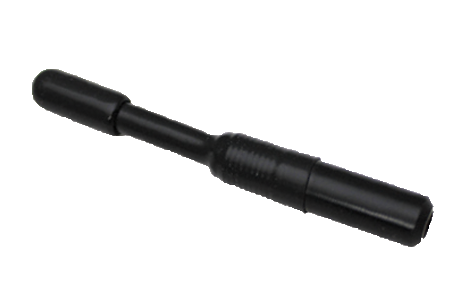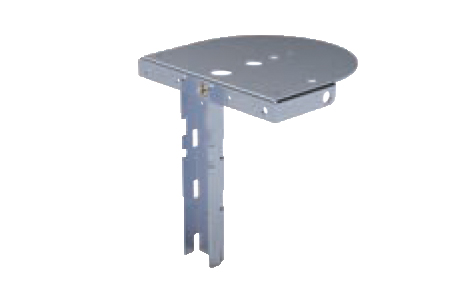Antennas and Accessories
Mission remote terminal units (RTUs) include a standard antenna and mounting system that is appropriate for most applications. The majority of Mission systems do not need additional antenna hardware. The antennas and accessories described here are for special applications, such as locations where the signal strength is weak or the antenna must be located further away from the RTU than normal.
Frequency: The cellular transceiver integrated into the Mission RTU supports different frequency bands—between 850 MHz and 1900 MHz. The radio will automatically select the best tower signal based on the site and the cellular carrier. Mission can often determine the frequency band used by the nearby cellular towers through telemetry with the radio or through a special relationships with the carriers. Using an antenna designed for the wrong frequency can be an impairment to the performance of the RTU. Mission technical support personnel can recommend the most versatile antenna option.
Signal Strength: Signal strength is measured in decibels (dBm). It can be improved, or gained, by clearing obstacles or by installing a special antenna, but just as easily can be lost in excessively long cable runs or corroded or wet connections. It is best to measure the distance and only order the amount of cable necessary.
Antenna Location: For best performance, the antenna should be installed outdoors and as high as possible—if mounted on a structure, the antenna whip should be above the highest point. Avoid locations that position the antenna around steel structures like a power cabinet or a water tank.
Low-Profile Options: Low profile antennas are inconspicuous and deter vandalism, but are best used in areas with great signal strength.
Directional Antennas: These yield higher gain but may prevent the RTU from receiving signals from multiple towers. Routine tower maintenance is rare, but service outages are more likely to occur if only a single tower is available for communications. The directional, multiband antenna (PN R3004) operates on 700–2700MHz bands and is the preferred technology for extremely low signal strength situations.
